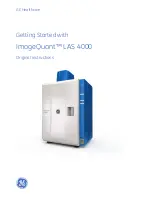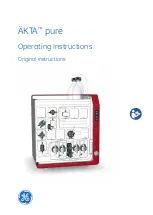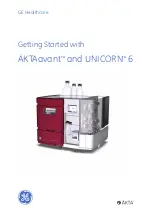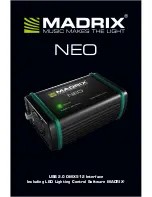
STANDARD RECOMMENDED PROCEDURE 003-873 | ISSUE 2 | APRIl 2016 | PAGE 8 OF 18
8 . Managing Fiber
The cabinet can be ordered in several cable configurations. Before beginning work operations,
read the instructions that follow to determine which operations are required for your unit.
If feeder or distribution cable is field-installed
(unconnectorized),
Proceed to
Section 8.1, then to Section
9
If feeder or distribution cable is preinstalled
(stubbed)
Section 8.2, then to Section
11
8 .1 Field-installed Unconnectorized Feeder and Distribution Cable Option
When the cabinet is ordered without feeder or distribution cable preinstalled at the factory,
the installer is responsible for installing, strain-relieving, splicing and mating connectors in the
distribution and feeder adapter fields.
8 .2 Preinstalled Connectorized Feeder and Distribution Cable Option
When the cabinet is ordered with the fully connectorized cable configuration, the feeder cable
will be mated in the factory to the rear of the input fiber field. The connectorized distribution
cable will also be installed in the factory and the connectors willbe mated in the rear of the
distribution field. If splitter modules are factory-installed, their input fibers will be mated to the
front of the input fiber field and the output fibers will be mated to the front of the storage/parking
panel.
Step 1:
Once service has been ordered, remove the appropriate connector from the “stored/
parked” position, clean the end face and adapter as described in Section 15, and
mate the connector in front of the distribution field.
Step 2:
Record the distribution fiber connection information on the label provided on the front
door of this cabinet.
9 . Installing Unconnectorized Cable Into Cabinet
Key Notes for Cable Installation
•
Watertight fitting must be installed on the cable and entry port to prevent water intrusion.
One kit for each cable size is included.
•
Cable strain-relief will be employed at the entry/exit port.
•
Routing and splicing techniques are applicable to feeder and distribution cables and to
pigtails.
Key Notes for Splicing
•
Rotational access is provided to the splice trays within the splice housing.
Cabinet up 432 Fibers
Cabinet with 576/864 fibers
Maximum number of
splice trays
7
14
1 tray for
feeder splicing
6 trays for
distribution splicing
2 trays for
feeder splicing
12 trays for
distribution splicing
loose tube
Ribbon
loose tube
Ribbon
Splice tray capacity
24 fiber
72 fiber
48 fiber
72 fiber
•
If splicing ribbon, each splice tray holds six heatshrink mass fusion splices for a maximum of
72 splices per tray.
•
Feeder splicing occurs in the bottom splice tray(s) in the splice housing with distribution
splicing in subsequent trays above.




































